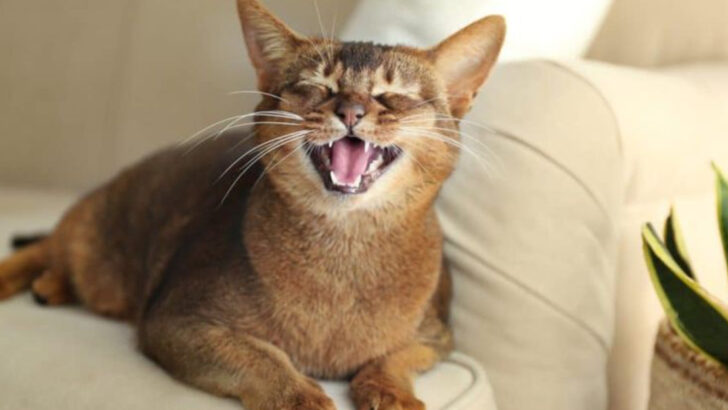Ever catch your pet doing something totally bizarre and wonder, “What in the world are they thinking?” From those random bursts of energy we call zoomies to the unnerving stare-downs that feel like an intense competition, pets have a way of leaving us puzzled. But here’s the thing: there’s always a reason behind it.
These quirky behaviors might seem like a mystery, but they’re often rooted in instinct, communication, or just plain fun. Understanding why our pets do what they do can turn confusion into connection, helping us become better pet parents in the process.
Ready to unravel the strange and wonderful world of pet behavior? Let’s dive into 13 puzzling actions that make total sense once you understand the logic behind them. Your pet’s oddities just might be more meaningful than you think!
Zoomies
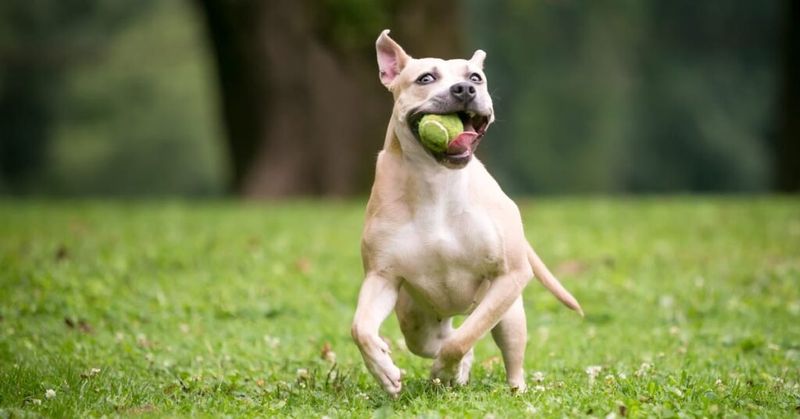
The term ‘zoomies’ refers to those sudden bursts of energy when your dog starts racing around the house like a maniac. This behavior, officially known as Frenetic Random Activity Periods (FRAPs), usually stems from pent-up energy.
Dogs often get the zoomies after a bath or a long nap. It’s their way of expressing joy or releasing stress. When your pup gets the zoomies, ensure the area is safe to prevent accidents.
Enjoy the spectacle, as it’s all part of their fun-loving nature. Just remember, it’s a normal and healthy part of canine behavior.
Cat Kneading

Cats knead by pushing their paws alternately against soft surfaces. This behavior dates back to kittenhood when they knead their mother’s belly to stimulate milk flow.
As adults, kneading becomes a source of comfort and relaxation. It can signify contentment and a sense of security. If your cat kneads you, take it as a compliment; they’re marking you with their scent glands.
Provide a soft blanket for them to knead on, sparing your lap from sharp claws. It’s a natural, soothing behavior for felines.
Tail Chasing
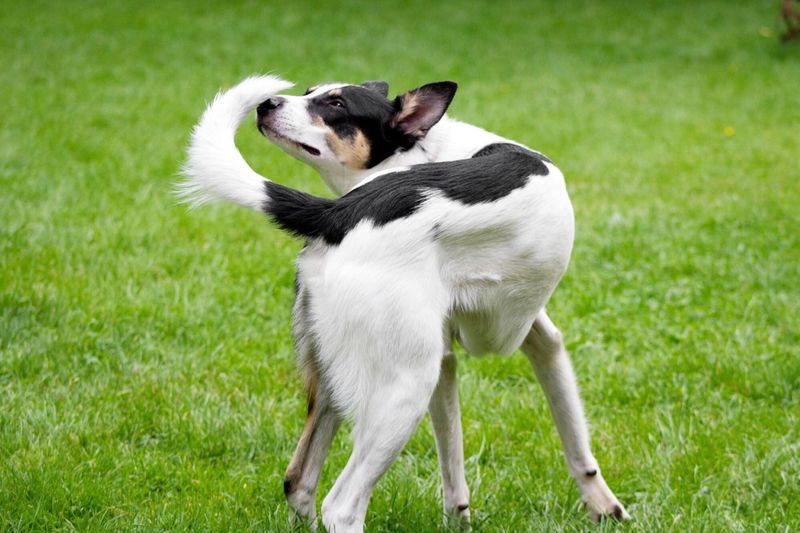
Puppies often chase their tails as a form of playful exploration. This behavior usually occurs when they’re full of energy or bored. Sometimes, tail chasing can indicate fleas or other irritations, so keep an eye out for excessive behavior.
For most dogs, it’s just a fun way to entertain themselves. Encourage play with toys to divert their attention. Ensure your pup has enough exercise to curb any boredom-induced antics. Tail chasing is usually harmless, showcasing a dog’s playful side.
Head Tilting
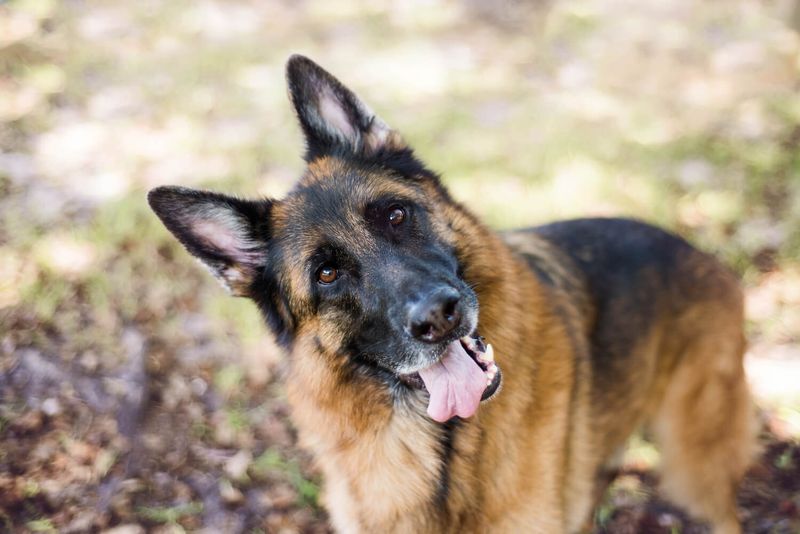
When a dog tilts its head, it’s undeniably adorable. But beyond the charm, head tilting serves a purpose. Dogs tilt their heads to better locate sounds or to understand human language and expressions.
It’s a sign of their attentiveness and intelligence. If your dog frequently tilts its head, it’s likely trying to understand you better. Engage in communication to strengthen your bond. This behavior highlights a dog’s eagerness to connect with its human companions.
Purring
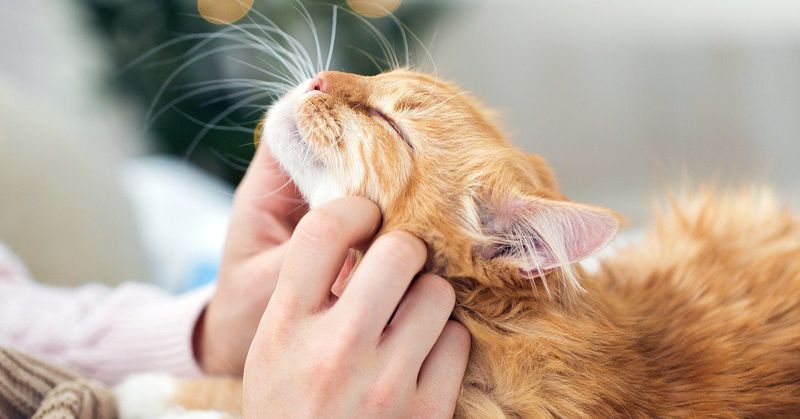
Purring is one of a cat’s most lovable traits, often associated with contentment. However, cats also purr when injured or stressed, as the frequency can help with healing. This dual purpose makes purring a versatile tool.
When your cat purrs while snuggling, it’s a sign of happiness. Conversely, if they seem unwell, consider it a soothing mechanism. Understanding the context of purring is key to interpreting your pet’s feelings. Offer comfort and ensure they feel safe and loved.
Dog Staring
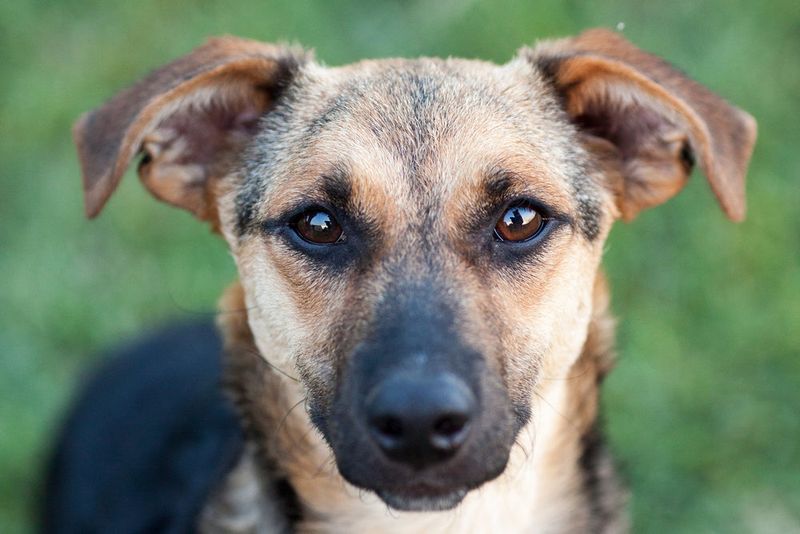
Dogs often stare at their humans, which can feel intense. This behavior is typically a sign of affection and attentiveness. Dogs look to their owners for guidance, gauging reactions to better understand their environment.
Staring can also be a request for attention or food. If your dog gazes at you lovingly, it’s a testament to your bond. Respond with affection or engage in play to satisfy their curiosity. It’s a reminder of the unique connection shared between you and your pet.
Cat Chirping
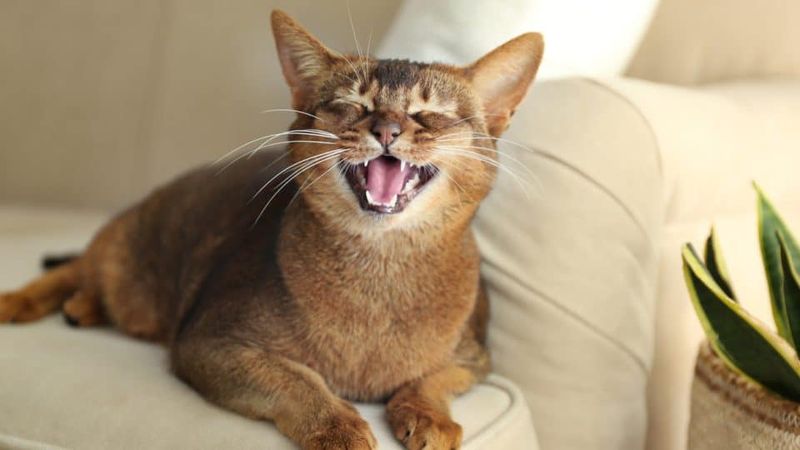
Cat chirping is a peculiar sound that cats make, especially when they spot birds or squirrels. This vocalization is linked to their hunting instincts, perhaps mimicking bird calls. It can also indicate excitement or frustration at being unable to reach their prey.
If your cat chirps, it’s engaged and stimulated by its environment. Encourage indoor play to mimic hunting and keep them entertained. Chirping is a testament to a cat’s predatory nature, revealing their instinctual behaviors.
Dog Digging
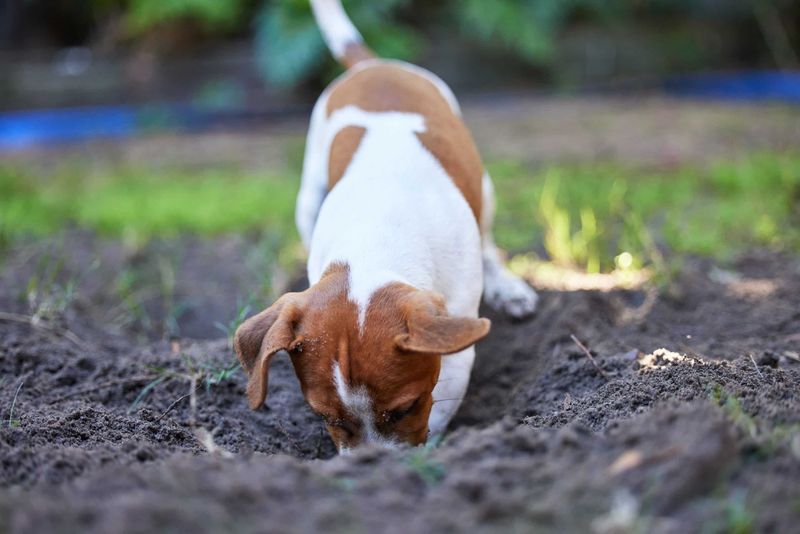
Dogs dig for various reasons, including seeking comfort, hunting, or boredom. This behavior is instinctual, tracing back to their wild ancestors. Some dogs dig to create a cool spot to lie in, especially in hot weather.
Others might be trying to uncover hidden treasures like bones or toys. If digging becomes problematic, provide alternative outlets like toys or designated digging areas.
Understanding the motive behind digging can help manage it effectively. It’s a natural pastime for many dogs, reflecting their instincts.
Cat Head Bumping
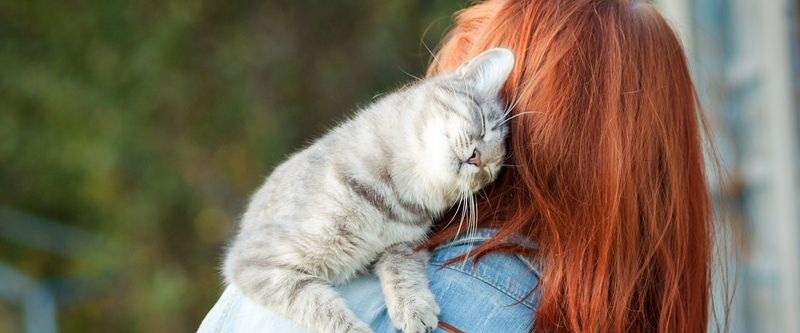
When a cat head bumps you, it’s offering a gesture of affection and trust. This behavior, known as bunting, involves rubbing scent glands located on their head against you. By doing so, they mark you as part of their territory, reinforcing bonds.
It’s a compliment to be head-bumped, signifying acceptance into their world. If your cat engages in this behavior, reciprocate with gentle strokes. Head bumping is a heartwarming expression of feline love, deepening the connection between you and your pet.
Dog Whining
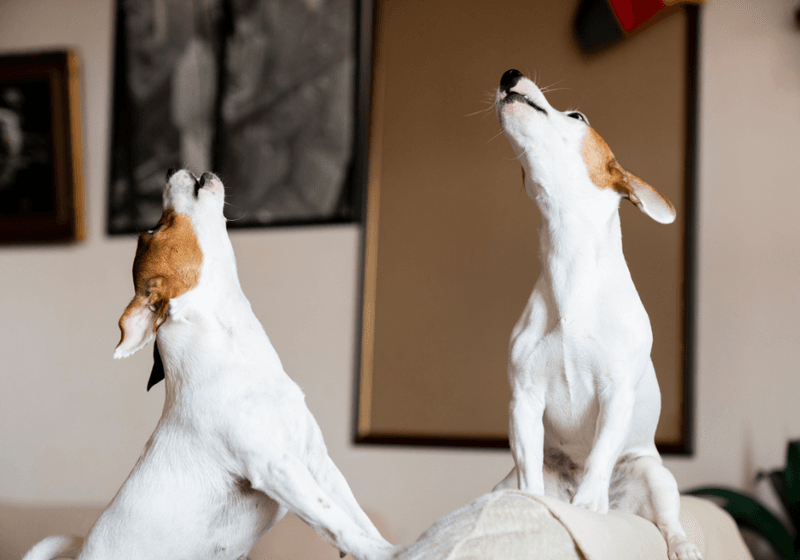
Dog whining is a form of communication, often signaling a need or desire. Dogs whine to express pain, anxiety, or excitement. If your dog whines while sitting by the door, it may want to go outside.
Pay attention to the context and body language to understand their message. Redirecting their focus with commands or toys can help manage excessive whining.
This vocalization reflects a dog’s attempts to interact with their environment and communicate with their human companions.
Cat Scratching
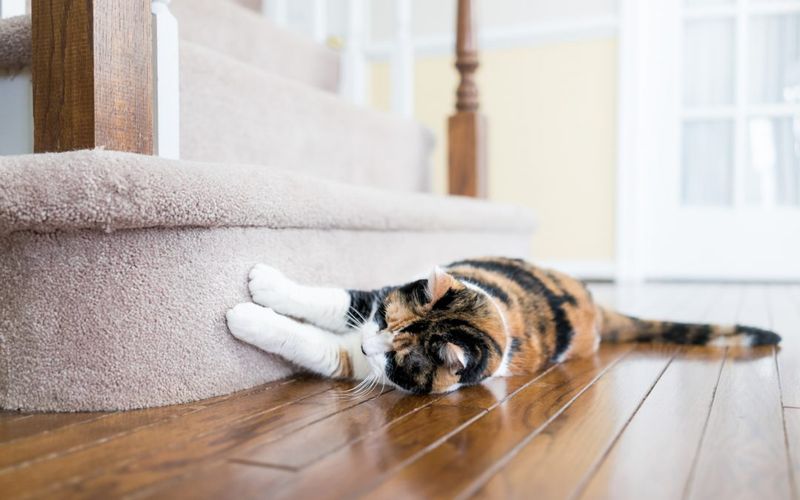
Scratching is a vital behavior for cats, serving numerous purposes. It helps them shed their claw sheaths, mark territory with scent glands, and stretch muscles. Scratching also provides mental stimulation and stress relief.
Provide plenty of scratching surfaces to protect your furniture. Positive reinforcement when they use the designated areas encourages healthy habits. Understanding this natural behavior helps in catering to your cat’s needs, ensuring their well-being.
Dog Barking
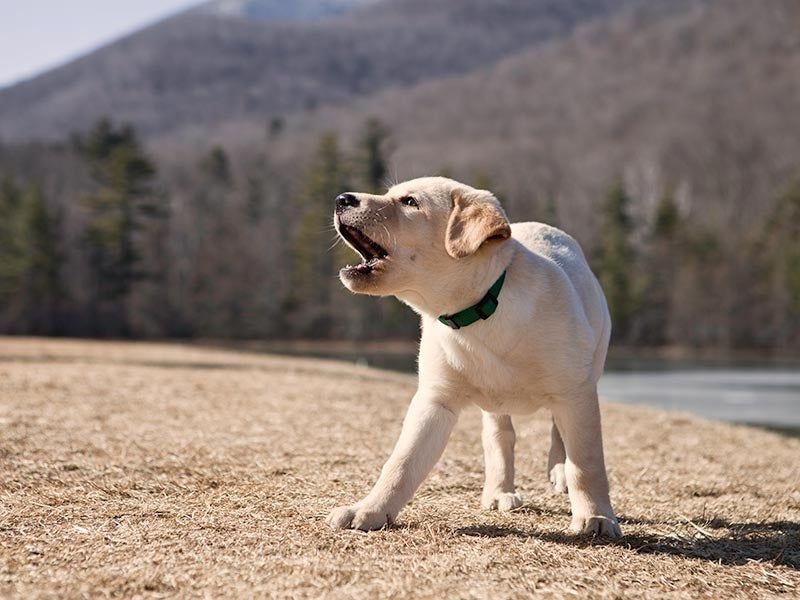
Barking is a dog’s primary means of communication, conveying different emotions like excitement, alertness, or anxiety. Dogs bark to warn of strangers, seek attention, or express frustration.
Training can help manage excessive barking by teaching commands and rewarding quiet behavior. Understanding the triggers for barking is crucial in addressing it appropriately. This vocal expression is a key aspect of canine interaction, reflecting their alert and social nature.
Cat Licking
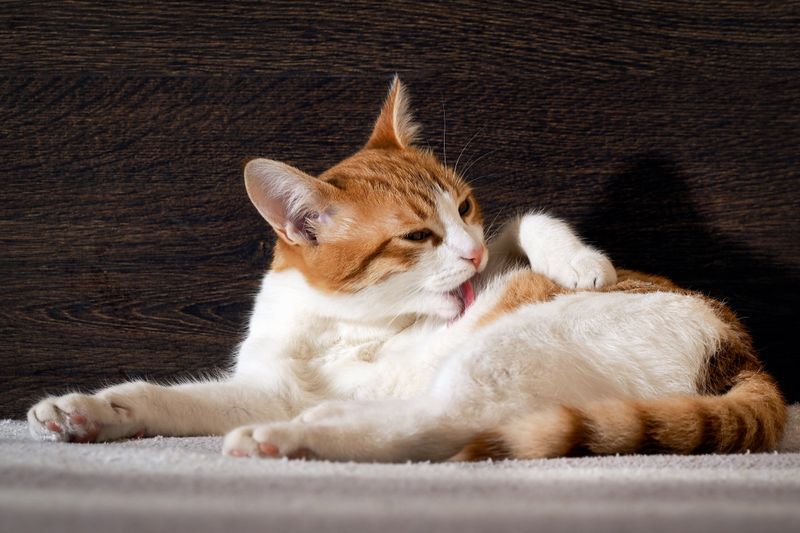
Cats groom themselves by licking, a process essential for cleanliness and relaxation. This behavior also serves social bonding among cats. Excessive licking might indicate stress or skin issues, so observe any changes.
Regular grooming helps prevent hairballs and maintains coat health. If your cat licks you, it’s showing affection and trust. Providing grooming tools can reduce excessive self-grooming. Licking is a fundamental aspect of feline behavior, emphasizing their meticulous and caring nature.

